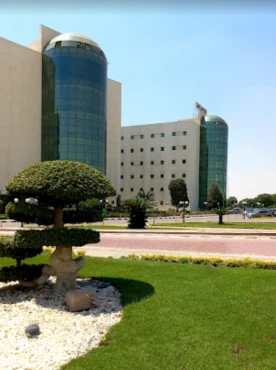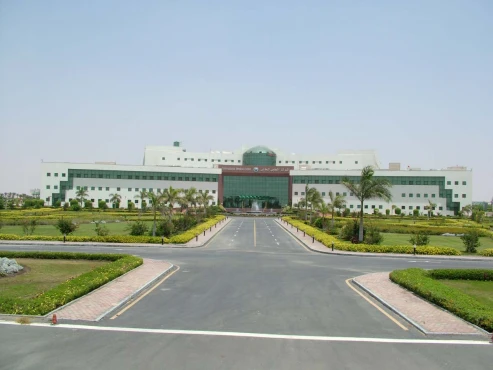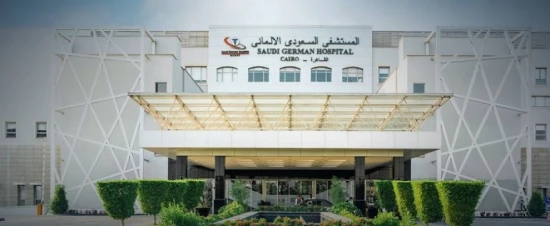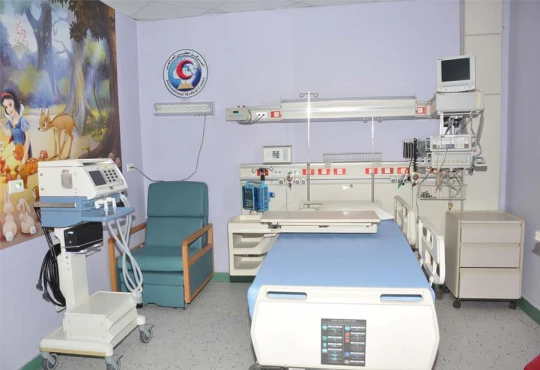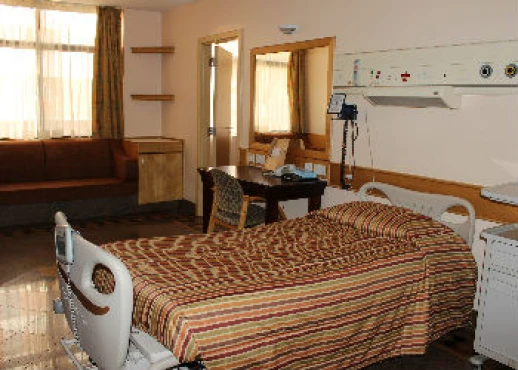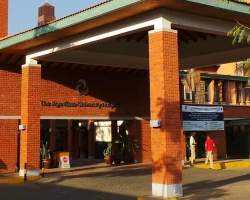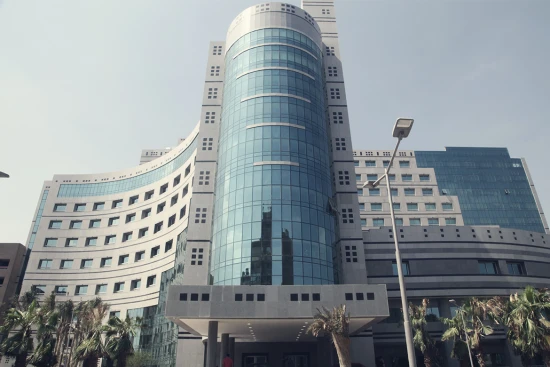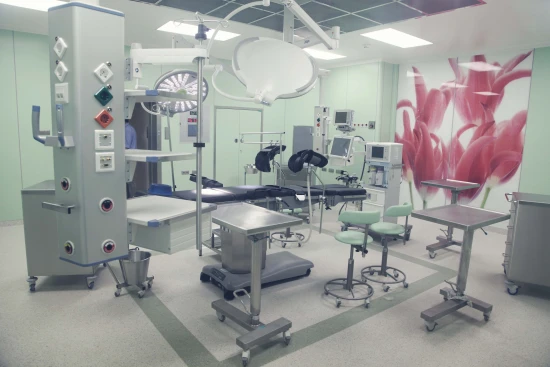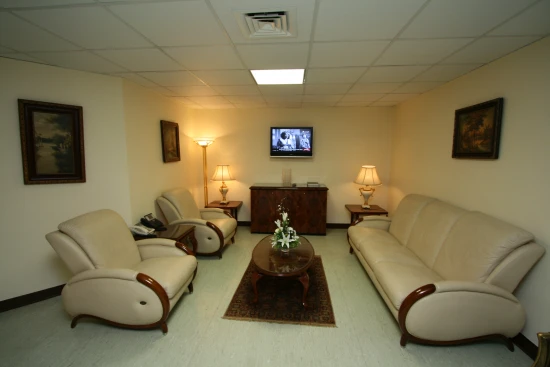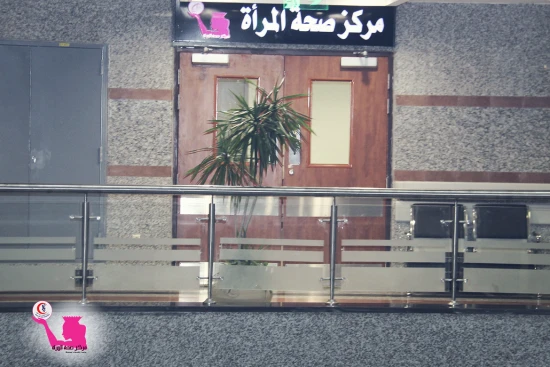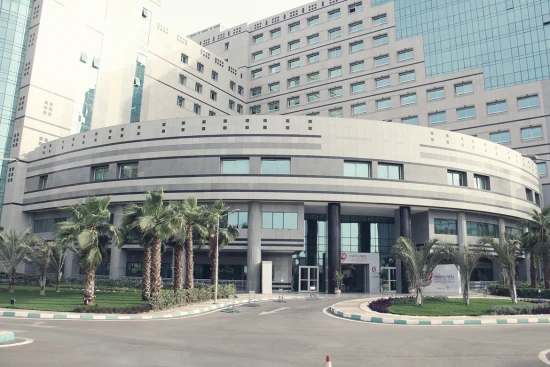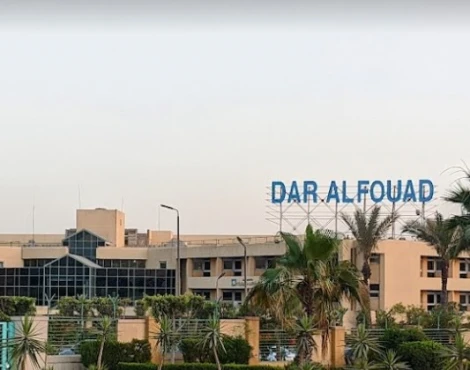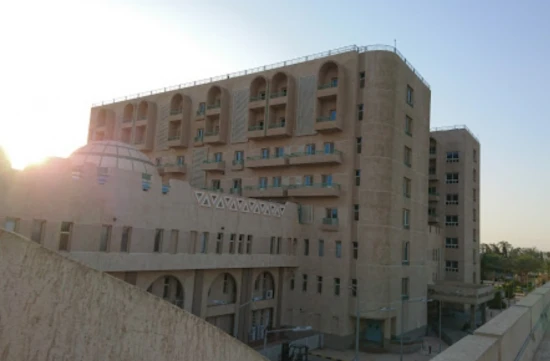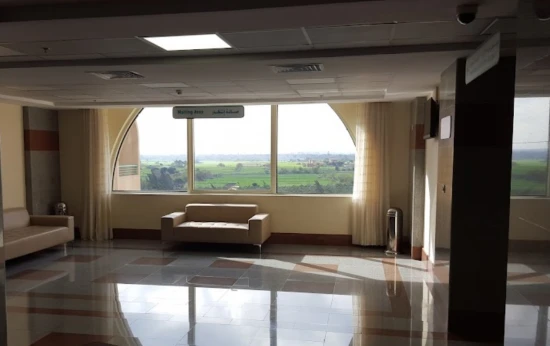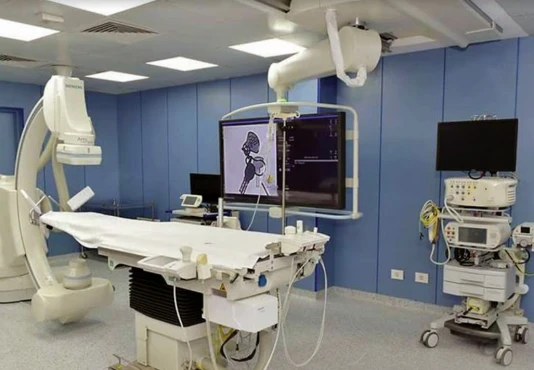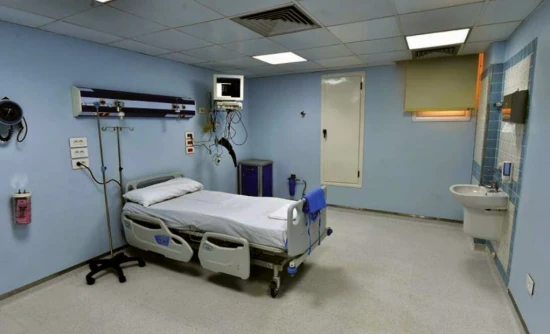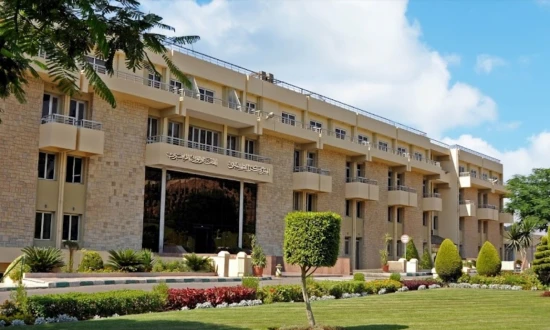Coronary catheterization in 3 Cardiac surgery clinics in Africa
3 clinics specializing in Cardiac surgery providing
Coronary catheterization
Coronary catheterization, also known as cardiac catheterization, is a diagnostic procedure in which a catheter is inserted into the heart through an artery or vein to examine the blood vessels, chambers, and valves and diagnose heart conditions.
Read more...
procedure in Africa.
Sorted by:
Relevance
Rating
Cost of procedures
Relevance
Prices for selected procedures, total:
≈ $2,947
Prices for popular procedures:
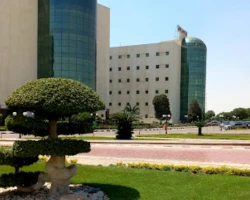
Cairo, Egypt
Specializations: Cardiac surgery, Vascular surgery, Thoracic surgery, Neurosurgery, Spine surgery, Orthopedic surgery, Oncology
We are committed to maintaining and improving the quality of healthcare provided to each patient, and to treating all individuals with Dignity and Respect. We
read more
Prices for selected procedures, total:
≈ $2,947
Prices for popular procedures:
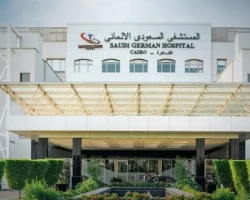
Cairo, Egypt
Specializations: Cardiac surgery, Vascular surgery, Thoracic surgery, Neurosurgery, Spine surgery, Orthopedic surgery, Oncology
Languages: English
SGH-Cairo is the first hospital of the group located in Africa; it is one of the major tertiary care hospitals in Cairo and Egypt. With
read more
Prices for selected procedures, total:
≈ $2,947
Prices for popular procedures:
5 relevant clinics
Perhaps you should consider 5 more relevant clinics we have found basing on your Location, Procedure filters applied.
Prices for popular procedures:
Prices for popular procedures:
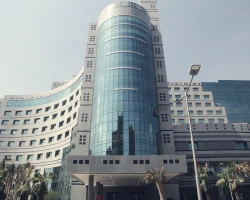
Cairo, Egypt
Specializations: Cardiac surgery, Vascular surgery, Thoracic surgery, Neurosurgery, Spine surgery, Orthopedic surgery, Oncology
Languages: Arabic
The hospital was founded on 1993 as Outpatient's clinics to offer Premium Diagnosis & Therapy, The Inpatient services and Wards was opened in 1997
read more
Prices for popular procedures:

Giza, Egypt
Specializations: Cardiac surgery, Vascular surgery, Thoracic surgery, Neurosurgery, Spine surgery, Orthopedic surgery, Oncology
Languages: Arabic, English
We strive to be recognized as one of the leading quality and safest health care providers in Egypt, Africa and the Middle East. Dar Al
read more
Prices for popular procedures:
Prices for popular procedures:
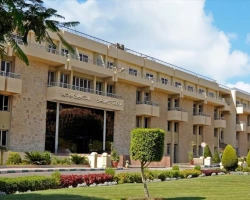
Cairo, Egypt
Specializations: Cardiac surgery, Vascular surgery, Thoracic surgery, Neurosurgery, Spine surgery, Orthopedic surgery, Oncology
Arab Contractors medical Center has been established in 1981 by Arab Contractors Company (Osman Ahmed Osman & Co.) as generous initiative of the guru, Eng.
read more
Procedure price distribution in Africa
Coronary catheterization:
$2,950
This price found in Egypt, Cairo
$2,950
This price found in Egypt, Cairo
Minimum Average Maximum
Procedure prices in popular countries:
Coronary catheterization:
Israel
$2.0 K - 21.2 K
in
13 clinics
Turkey
$2.0 K - 2.0 K
in
16 clinics
Germany
$6.1 K - 6.1 K
in
26 clinics
China
$6.4 K - 6.4 K
in
3 clinics
United States
$9.5 K - 20.1 K
in
7 clinics
Countries with the highest number of clinics offering the procedures treatment:
Coronary catheterization:
worldwide
489 clinics
Brazil
34 clinics
India
31 clinics
Germany
26 clinics
Mexico
25 clinics
Australia
22 clinics
Clinics grouping by rating
Clinic with the highest rating of 4.6 — As-Salam International Hospital in Cairo, Egypt, clinic with the most reviews number of 6198 — As-Salam International Hospital in Cairo, Egypt.
With rating 4.0 and over — 3 clinics .

